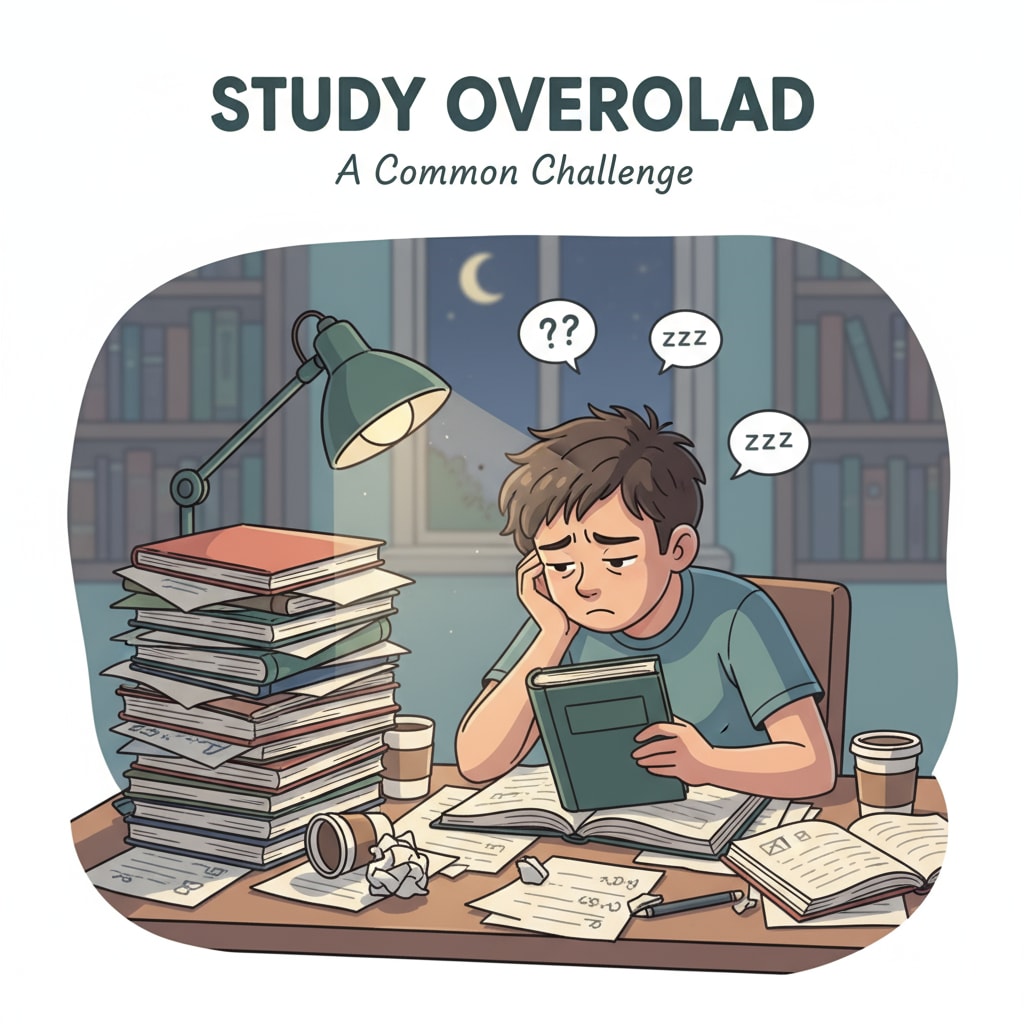The debate on student homework has long been a hot topic in K12 education. Educators, parents, and students themselves have diverse views on whether homework is a necessary part of the learning process. Let’s take a closer look at both sides of this argument.

The Case for Homework
One of the main reasons proponents advocate for homework is that it reinforces classroom learning. As students practice what they’ve learned in school, they gain a deeper understanding of the concepts. For example, in math, working on problems at home helps students master formulas and improve their problem-solving skills. According to The National Education Association, homework can also develop important study habits, time management skills, and responsibility. When students are given tasks to complete outside of school, they learn to organize their time effectively and take ownership of their learning.
The Opposition to Homework
On the other hand, many oppose homework, especially when it comes to the excessive amount often assigned. Critics argue that too much homework can lead to stress and burnout among students. As a result, it may have a negative impact on their mental health and overall well-being. Additionally, some studies suggest that the correlation between large amounts of homework and academic success is not as strong as once thought. For instance, research from The American Federation of Teachers indicates that beyond a certain point, more homework does not necessarily lead to better grades.

Finding a balance is crucial. Instead of abolishing homework completely or assigning an overwhelming amount, educators should consider reforming the way homework is designed and assigned. This could involve creating more engaging and meaningful tasks that are tailored to students’ individual needs and interests. By doing so, we can ensure that homework serves its purpose of enhancing learning without sacrificing students’ health and happiness.
Readability guidance: The key points are presented in short paragraphs and clear lists. The passive voice and long sentences are kept to a minimum. Transition words are used throughout to make the flow smooth.


